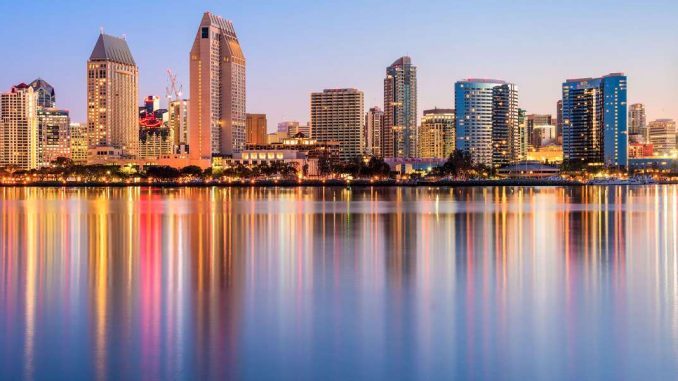
Nepal is a a fabulous destination if you are looking for adventure and ancient history exploration. Kathmandu, the capital and largest city in Nepal, is like no other city in the world. The decaying buildings in the heart of the city are a contrast to the lively atmosphere that permeates the streets. The smell of incense wafts from the stores while street sellers push their wares, and people go about their daily lives, all against a backdrop of historic temples and carved statues. For several hundred years, Kathmandu was one of three rival royal cities, along with Bhaktapur and Patan. Situated in close proximity to each other, today these three almost run together. The highlight of Kathmandu has long been Durbar Square, the largest of the palace squares in the three royal cities and a UNESCO World Heritage Site. Temples and monuments of varying shapes, sizes, styles, and faiths can be found here. Kathmandu’s Durbar Square was severely damaged in the 2015 earthquake, with many buildings destroyed beyond repair.
China is a fabulous destination if you are searching for adventure and ancient history exploration. A remarkable act of smart city planning and preservation can be seen in Shanghai’s splendid riverside promenade, the Zhongshan Lu, perhaps better known as the Bund (Wàitan). As you stroll this wide pedestrian zone along the Huangpu Jiang River, you’ll almost forget you’re bang-smack in the middle of China’s largest city (Shanghai’s population exceeds 24 million people). Famous for its European feel, a fact owed to the district’s past as the location of the city’s International Settlement, the Bund is popular for its 52 preserved English- and French-influenced buildings, many now restaurants, cafés, stores, and art galleries. Representing a variety of influences from Gothic to Renaissance styles — including a number of Art Deco buildings — the architecture includes highlights such as the old harbor customs office, with its bell tower, and the majestic Peace Hotel. For the best views of the Bund, visit the 468-meter Oriental Pearl Tower on the opposite bank of the Huangpu Jiang River. If time allows, be sure to also visit the Yu Garden. Known affectionately as the “Garden of Happiness,” this must-see garden can trace its roots back to 1559 when it was laid out (many of the original structures survive to this day). See extra details about Cheapest hotels booking.
Commissioned by Napoleon III in 1860, the Palais Garnier Opera House was designed by Charles Garnier in an exuberant Baroque style. Garnier worked tirelessly on the project for over a decade, from 1862 to 1875. Today, the opulent monument is a symbol of Napoleon’s Imperial regime. The facade features classical columns and eight sculptures representing allegorical figures: Poetry, Music, Idyll, Recitation, Song, Drama, and Dance. The loggia depicts busts of composers, including Rossini, Beethoven, and Mozart, while the cupola is topped with a statue of Apollo with allegorical figures of Poetry and Music. Upon entering the building, visitors are dazzled by the lavish 11,000-square-meter interior. Most of the building’s space is dedicated to the grand foyer with its fabulous Grand Escalier, marble entrance staircase, adorned by ornate gilded lamps.
Thailand is a an awesome destination if you are searching for ancient history mixed with modern attractions feeling. Perhaps the best-known wat in Chiang Mai sits atop Doi Suthep, a mountain overlooking Thailand’s northern rose of a city. In a crowd of monks, devout Buddhist followers, and fellow travelers, you’ll have a chance to marvel at intricate religious carvings, observe worship rituals, and gaze out over the ever-growing sprawl of Chiang Mai city. Just be sure to bring a bottle of water and your walking shoes – the staircase to the temple is steep. At the base of the stairs, vendors hawk everything from tasty local treats to goods handmade by villagers from the surrounding mountains. There’s also a shop selling masks, elephant carvings, and home furnishings so you can do some shopping while recovering from the trek up and down the stairs. You can combine your trip to Doi Suthep with excursions to Doi Pui, a small Hmong village in the mountains. It’s far more touristy than other villages, but if you’re on a tight schedule, this will give you a taste of Hmong culture and a chance to learn more about the hill tribe communities in the region, not to mention purchase some beautiful hand-woven textiles. The Bhubing Palace, open to tourists, is on the way to Doi Pui from Doi Suthep as well.
Indonesia is a fabulous location, so much colour, a must see. Ubud is the cultural heart of Bali, and it’s here you’ll find the Sacred Monkey Forest, a serene space where you can feel the ancient majesty of the island. At this Hindu temple, you’ll see many long-tailed macaques, a species of monkey commonly seen throughout Southeast Asia. The temple also makes an interesting visit because Balinese Hinduism combines aspects of several different religions, making it unique among other types of Hinduism practiced today. The forest is near Padangtegal, a small village that has drawn artists of all varieties for many years, and the temple, artistry, and stunning natural backdrop make a trip to the forest and village a must-do in Bali. Source: https://comparebestflights.net/.
